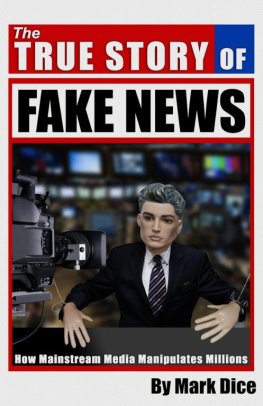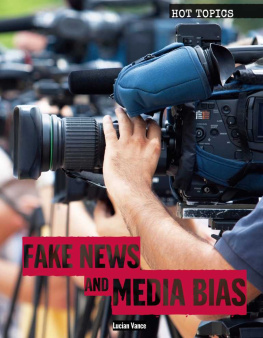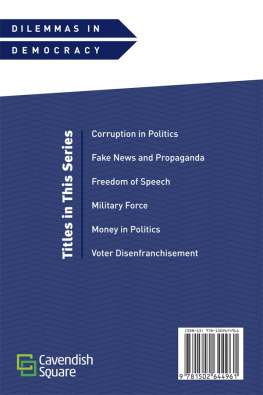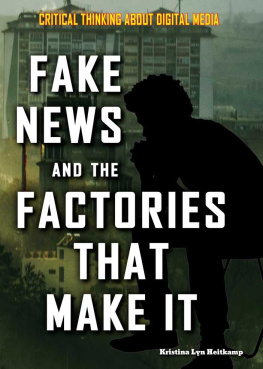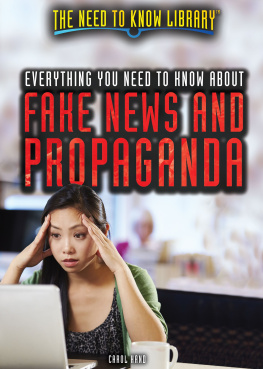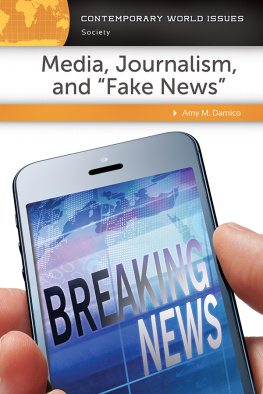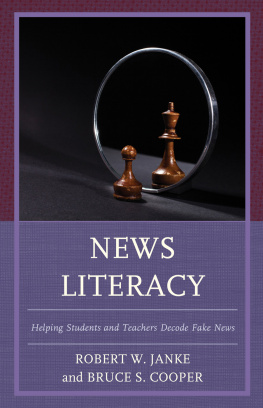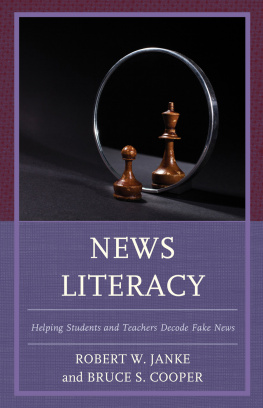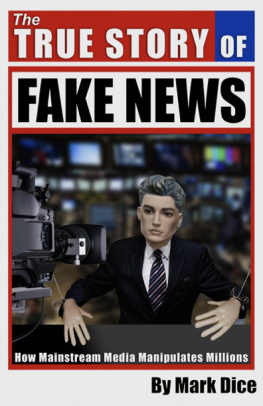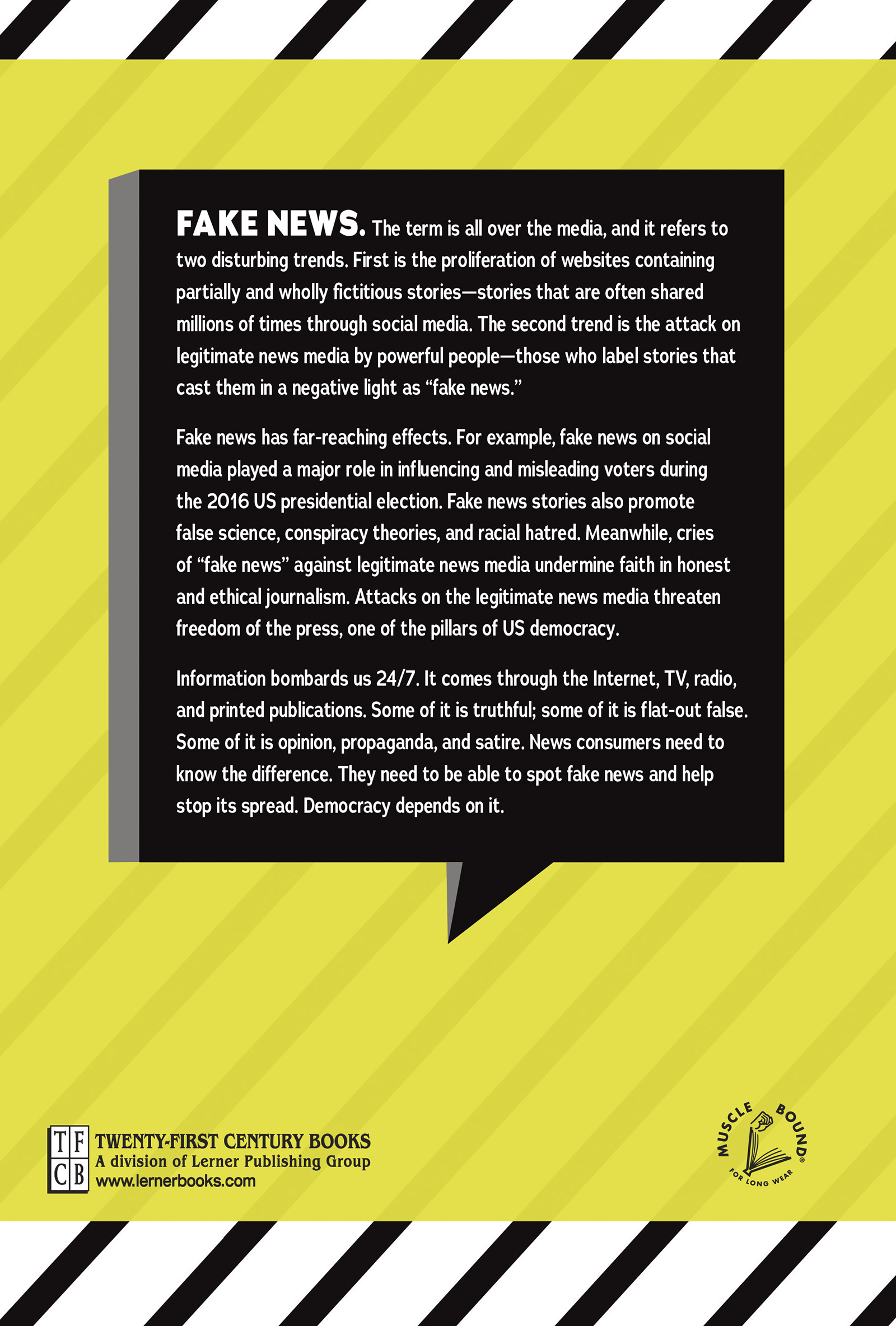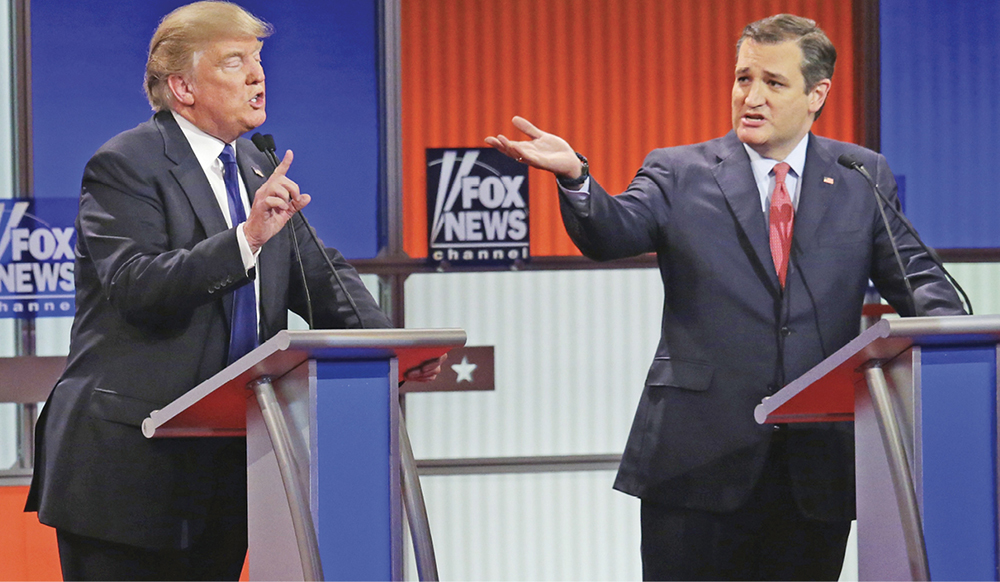To my grandchildrenCollin, Alethia, Hayley, Judah, Lael, and Jacksonwho have to navigate this new world of fake news.
Copyright 2019 by Lerner Publishing Group, Inc.
All rights reserved. International copyright secured. No part of this book may be reproduced, stored in a retrieval system, or transmitted in any form or by any meanselectronic, mechanical, photocopying, recording, or otherwisewithout the prior written permission of Lerner Publishing Group, Inc., except for the inclusion of brief quotations in an acknowledged review .
Twenty-First Century Books
A division of Lerner Publishing Group, Inc.
241 First Avenue North
Minneapolis, MN 55401 USA
For reading levels and more information, look up this title at www.lernerbooks.com .
Main body text set in Adobe Garamond Pro 11/14
Typeface provided by Adobe.
Library of Congress Cataloging-in-Publication Data
Names: Miller, Michael, 1958 author.
Title: Fake new s : separating truth from fiction / Michael Miller.
Description: Minneapoli s : Twenty-First Century Books, 2018 . | Includes bibliographical references and index . |
Identifiers: LCCN 2018010572 (print ) | LCCN 2018012982 (ebook ) | ISBN 781541543928 (eb pdf ) | ISBN 781541528147 (l b : alk. paper)
Subjects: LCSH: Fake news . | JournalismHistory21st century.
Classification: LCC PN4784.F27 (ebook ) | LCC PN4784.F27 M55 2018 (print ) | DDC 070.4/3dc23
LC record available at https://lccn.loc.gov/2018010572
Manufactured in the United States of America
1-44690-35529-7/6/2018
Contents
Chapter 1
Fake News: Its Real and It Matters
Chapter 2
How Real News Works
Chapter 3
The Many Faces of Fake News
Chapter 4
Real Fakes
Chapter 5
Who Believes Fake News, and Why?
Chapter 6
How Harmful Is Fake News?
Chapter 7
Fake News and Free Speech
Chapter 8
How to Tell Fake News from Real News
Chapter 9
You Can Help Fight Fake News
Chapter 1
Fake News:
It's Real and
It Matters
I n 2016 more than a dozen candidates ran in the Republican Party primaries, state elections that helped determine the partys nominee for president of the United States. Among the top candidates were Donald Trump, a New York real estate developer and reality TV star, and Ted Cruz, a US senator from Texas.
Donald Trump referenced an untrue news story about the father of rival Republican candidate Ted Cruz ( right ) during the 2016 presidential primaries. After his election, Trump used the fake news label to discredit stories that criticized him.
Stretching over the first half of the year, the primary campaign grew increasingly nasty, with ugly name-calling and verbal insults. For example, on May 3, during an appearance on the Fox News television channel, Trump attacked Cruzs father, Rafael, a Cuban-born Christian preacher. Trump accused the elder Cruz of having associated with Lee Harvey Oswald. On November 22, 1963, Oswald assassinated John F. Kennedy, the nations beloved young president, in Dallas, Texas. The assassination was shocking and sent Americans into deep mourning. Millions of Americans watched the funeral live on television.
What was [Rafael Cruz] doing with Lee Harvey Oswald shortly before the death? Before the shooting? Trump asked. Its horrible.
Trump was referring to a story that had run in the National Enquirer , a tabloid newspaper, several weeks earlier. The headline read, Ted Cruzs FatherCaught with JFK Assassin. The story claimed that the elder Cruz had worked with Oswald three months before the assassination, and it included a photograph of Oswald with a man whom the newspaper identified as Rafael Cruz.
Even though the National Enquirer is well known for publishing false stories, many Americans believed the article. Countless numbers shared it on Facebook, Twitter, and other social media. It likely convinced some Republican primary voters not to cast a ballot for Cruz. Yet the story was fictional. It was fake news.
What Is Fake News?
People use the term fake news in two ways. First, it applies to news stories and social media posts posing, falsely, as genuine news items. These stories and posts are demonstrably untrue and deliberately designed to mislead the reader or viewer. The fake news label is also used to cast doubt on legitimate news stories, especially those that portray persons of power or celebrity in a negative light.
Why create fake news? Some people do it for money. They operate websites supported by online advertisements. The more visitors the websites receive, the more money the sites earn from advertisers. So the sites tempt readers to click on stories about shocking crimes, medical procedures gone wrong, and other sensational topics. Some headlines, such as Cannibals Arrested in Florida Claim Eating Human Flesh Cures Diabetes and Depression, are over-the-top outrageous. But site operators have found that the more outrageous the headline, the more likely it is to attract clickseven by people who know the story is likely untrue.
Others create fake news stories with the intent of influencing voters. For instance, during the 2016 US presidential election, many fake news articles contained outrageous falsehoods about the Democratic candidate, former secretary of state Hillary Clinton. Hoping to convince voters that Clinton was linked to sinister deals, a site claiming to be a Denver, Colorado, news organization ran a false article titled FBI Agent Suspected in Hillary Email Leaks Found Dead in Apartment Murder-Suicide. The goal of such fake news is to sway opinions, either driving potential voters away from a candidate or encouraging votes for that candidates opponent.
Many politically based fake news articles might sound as if they could be true, but when examined closely, they are deceptive at best or damagingly false at worst. Still, many people believe them. Why? Some fake news stories reinforce already existing beliefs. If some people already believed falsely that former US president Barack Obama is a Muslim, they might not question the fake news headline NYC Muslim Terrorist Donated Thousands to Barack Obamas Campaigns. Others believe fabricated (made-up) stories simply because they see them in a news feed. The stories look official, so readers dont question them. Or they might believe a story because they trust the friend who posted it.
Typically and historically, political forces on the right (conservative) side of the political spectrum rather than on the left (liberal) side generate and spread fake news and claims of fake news more often. On Facebook, extreme hard right pages... share the widest range of known junk news sources and circulate more junk news than all the other audiences put together, wrote technology researchers from Oxford University in Britain in 2018. Psychologists say that people with conservative leanings tend to be warier of danger and potential threats, such as threats of crime or terrorism, than are liberals. And since many fake news stories tell of secret plots, crimes, and other frightening events, they are more likely to capture the attention of conservatives than of liberals. Conservatives approach the situation from the start with greater [reaction] to threat, a greater prior belief [as] to the level of danger in the world, so it is logical for the conservative to take more seriously information about hazards than the liberal does, explains Daniel Fessler, a professor of anthropology at the University of CaliforniaLos Angeles.

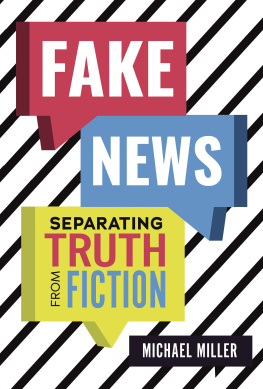
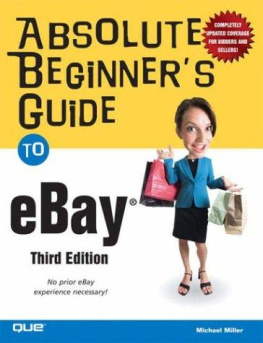
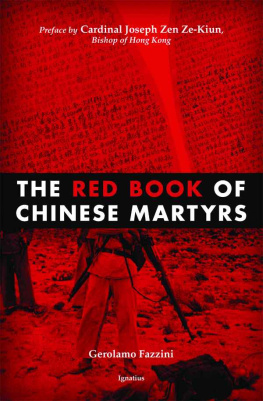
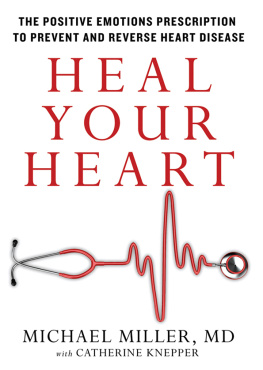

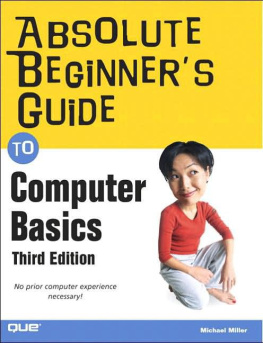
![Michael Miller - Idiots Guides: Music Theory, Third Edition [Book]](/uploads/posts/book/161692/thumbs/michael-miller-idiot-s-guides-music-theory.jpg)
